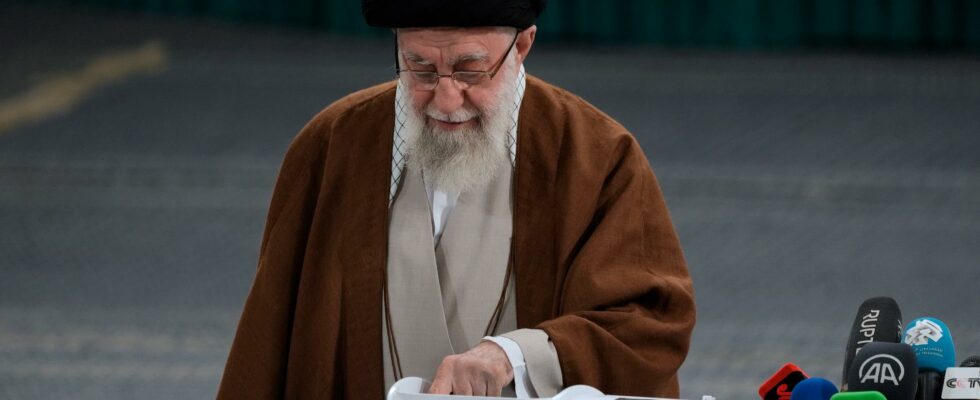unsaveSave
expand-left
fullscreen Iran’s Supreme Leader Ayatollah Ali Khamenei voted in the second round of the country’s parliamentary elections on Friday. Photo: Vahid Salemi/AP/TT
Hardline politicians won most of the remaining seats in a second round of parliamentary elections in Iran.
The election took place on March 1 – but in several regions no candidate managed to get enough votes, whereupon a new round was held on Friday.
Many Iranians are boycotting the general election, in protest at the country’s rule barring candidates who challenge the dictatorship from running. In March, turnout was reported to have been 41 percent.
After Friday’s election, hard-line politicians – who want the country to go even further in its already strict Sharia laws and, among other things, put more pressure on women to wear the compulsory veil – hold 233 of parliament’s 290 seats.
Many of the so-called reformist candidates, who advocate a somewhat milder policy and greater openness towards the West, were not allowed to run.
Iran’s parliament has some ability to put pressure on the government when it comes to, for example, the annual budget, but ultimate power in the country rests with Supreme Leader Ayatollah Ali Khamenei.
